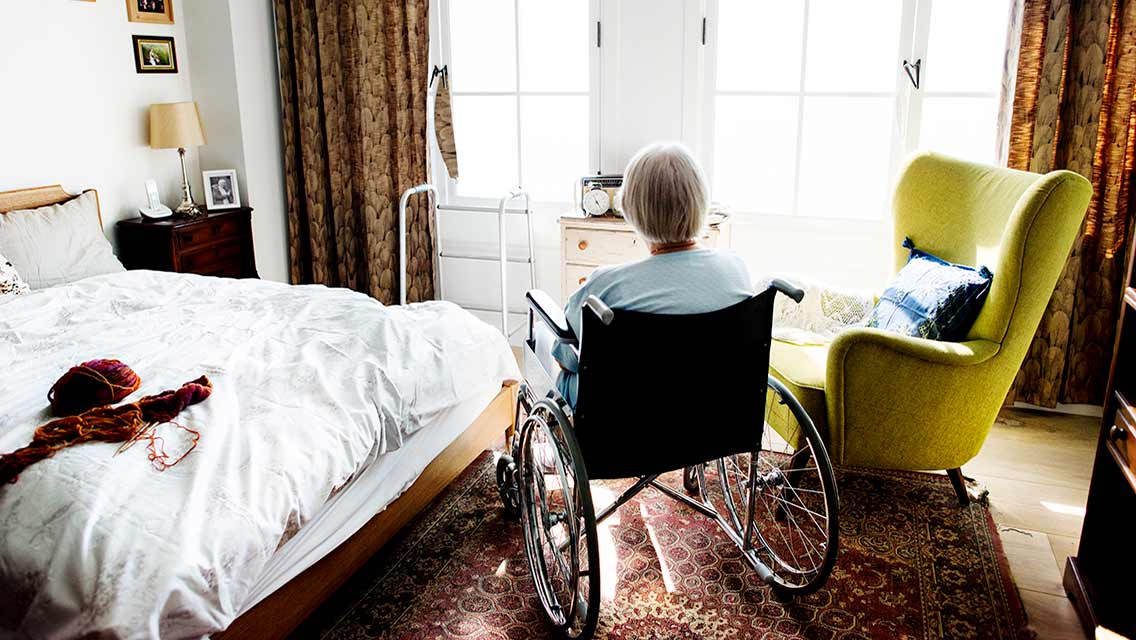Tales of nightmarish neglect at nursing homes are so commonplace these days that, unless they involve a loved one, we’re tempted to simply chalk it up to a dysfunctional industry and thank the legions of state and federal inspectors who keep tabs on the most nefarious culprits. That way, at least, we’re able to make an informed choice when and if we’re forced to consider relocating ourselves or a family member. Just check out the “five-star” performers.
But what if government rating systems don’t accurately reflect conditions at these facilities? What if even the most egregious infractions cited by inspectors are never made public and have no impact on a home’s overall rating? How would you know what kind of environment you or your loved one were entering?
A recent New York Times investigative report revealed system-wide gaps in reporting incidents in which nursing home residents were abused or neglected and described an appeal process that favors the facilities and keeps these incidents hidden from the public. “Much of the data that powers the system is wrong and often makes nursing homes seem cleaner and safer than they are,” reporters Robert Gebeloff, Katie Thomas, and Jessica Silver-Greenberg explain.
Hilltop Park Rehabilitation in Weatherford, Texas, for instance, seemed like a safe choice in 2014 when Alan Hart was choosing a nursing home for his 87-year-old mother, Laverne, whose dementia made it impossible for her to live independently. The facility had earned the highest ratings from health inspectors for the past four years, according to Care Compare, Medicare’s nursing home website. Hilltop officials told him Laverne would be housed on a supervised, locked floor.
But in August 2015, an unsupervised Laverne fell out of her wheelchair and injured her shoulder. A few months later, just before Christmas, she wheeled herself through the facility’s unlocked doors and into the parking lot, where she tumbled from her chair. Wearing only a thin nightgown with the temperature hovering barely above freezing, she lay on the pavement, her nose broken and her hair matted with blood, more than a half hour before a staffer located her.
“I thought she was dead for sure,” her son tells the Times. “They didn’t supervise her at all.”
State inspectors cited the facility for its inadequate supervision and for drugging her unnecessarily. Hilltop appealed the citation through an informal process and lost. It took its case to a federal administrative law judge, who upheld the original ruling four years later. But if you look on the Care Compare website today, you’ll notice no record of the incident. Hilltop remains a four-star facility.
It’s a process that heavily favors the nursing home, explains attorney Richard Routman, who spent years representing the federal government in these appeals. Patients and their families are not allowed to make their case, and a majority of members serving on the appeals panels in some states have industry ties.
“There is every advantage to the facility not to have an opinion issued for as long as they could possibly delay, and there’s no advantage to the public for that to occur,” Routman explains. “Once I realized that people wouldn’t see cases that are on appeal, I thought, Why would anybody look at this again?”
But the Care Compare site is one of the few resources available to people scanning for nursing home options. And facilities know that a four- or five-star rating is key to their bottom lines: They tend to attract more patients and generate much more profit than lower-rated homes.
That’s why they push so hard against any citations; and that pressure often forces state inspectors to downplay even serious offenses. The Times report notes that incidents of sexual abuse at 40 five-star facilities between 2017 and 2019 did not, according to inspectors, rise to the level of “actual harm” or “put residents in immediate jeopardy.”
Overworked and underpaid, these inspectors may look the other way at serious violations because citations require a good deal of paperwork as well as repeat visits to ensure the issue has been resolved. Watching their assessments regularly overturned in the appeals process also dampens their vigilance.
“I feel sometimes the things I cite don’t mean anything because it gets tossed out at the state level or they determine it not to be as severe,” one inspector confessed in a 2013 poll conducted by the Center for Medicare Advocacy. “Sometimes it makes you wonder why we spin our wheels on a problem.”
Well, sometimes it’s a matter of life and death.
When state inspectors in April 2020 converged on Brooke Knoll Village in Avon, Ind., they cited the nursing home for failing to quarantine residents displaying symptoms of COVID-19. The facility had placed healthy residents in “immediate jeopardy,” according to reports unearthed by the Times. One of those residents contracted the disease as a result and later died.
Brooke Knoll appealed the ruling at the state level and lost. Its federal appeal is still in process. Meanwhile, the facility has retained its five-star rating on Care Compare, where prospective residents will learn that “no health deficiencies” have been reported.
For Tammy Bowman, who blames the facility for her sister’s death from the virus, that disconnect is hard to accept. “How do they get away with that?” she asks. “I feel like you can’t hide something like that when we’re talking about somebody’s life.”





This Post Has 0 Comments